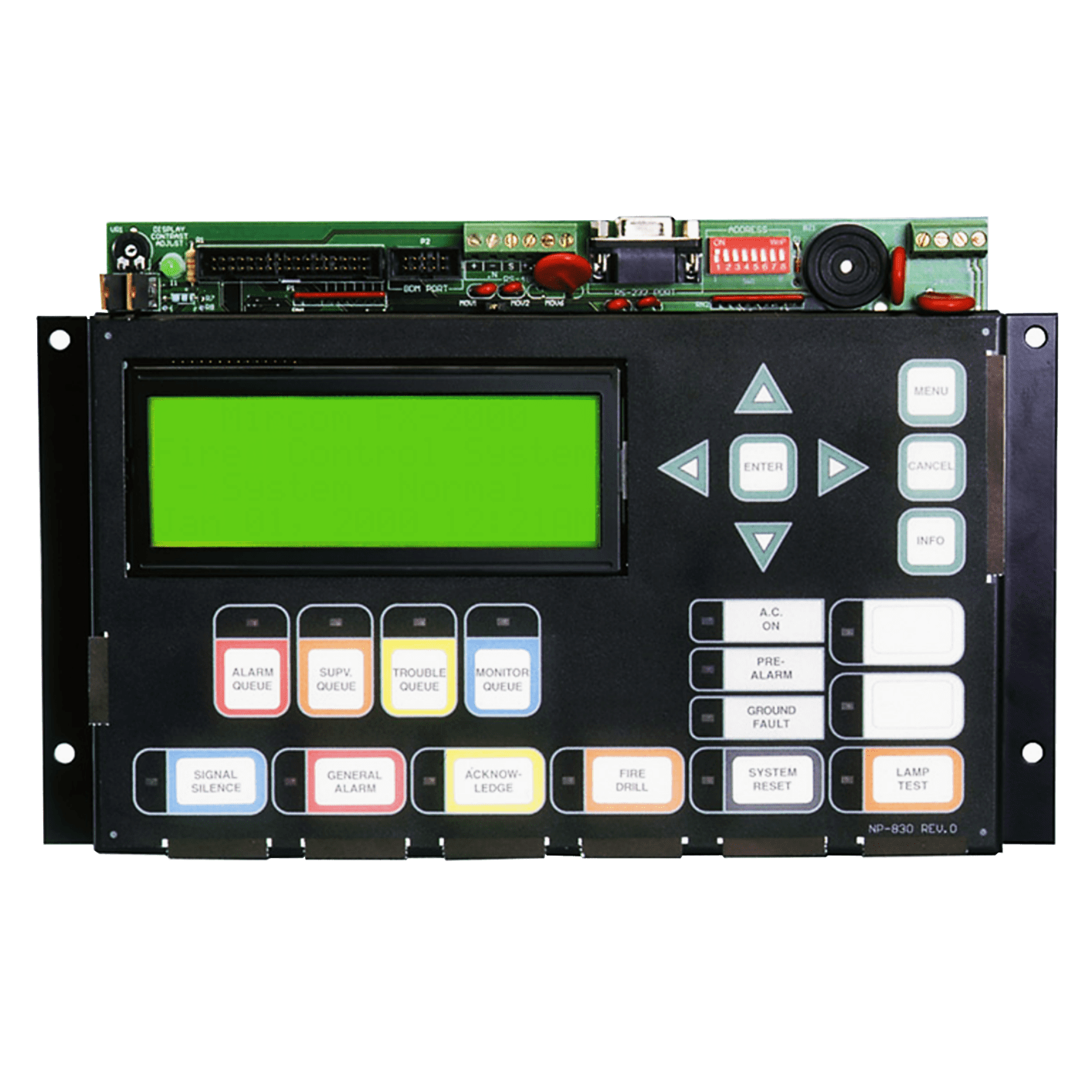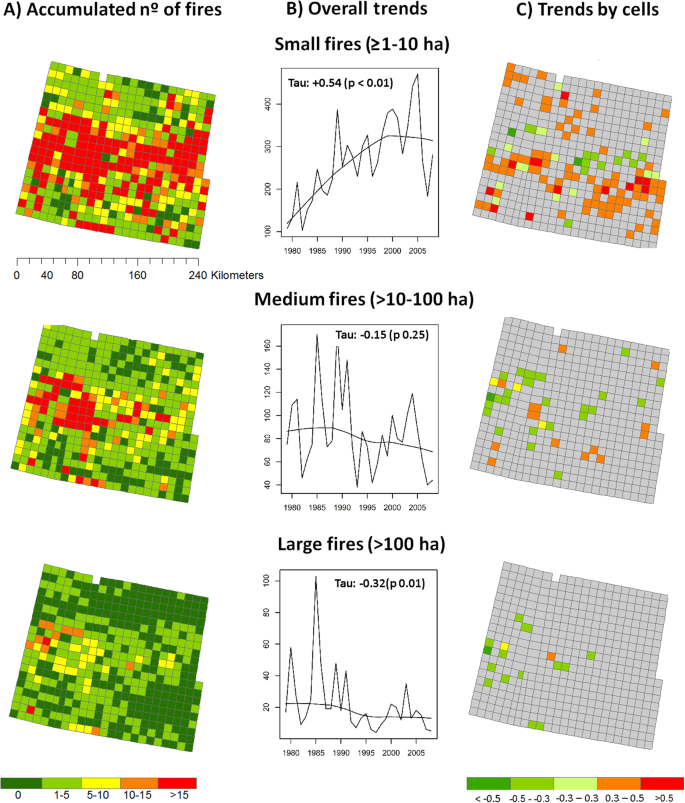Drivers Fx Fire Team
OPITO Offshore Emergency Response Team Leader (OERTL) Further
The positions and ranks in a typical municipal fire department, from entry-level to highest position are shown below. In most municipalities, civil service exams determine all but the highest two ranks, i.e., all but positions 9 and 10: Volunteer firefighter Probationary firefighter Firefighter/EMT Firefighter/Paramedic Driver Engineer Lieutenant Captain Battalion Chief Assistant Chief Fire. Police are requesting for information regarding the murder of a 47-year-old taxi driver in Nausori on Monday. Police are asking people to call 9905521 if they may have seen the man’s taxi in the. FX weekly: Fire and fury. An overview of our main views on Global FX, current market drivers and ideas. Ideas and communication within the Strategy team in. A fireteam or fire team is a small military quaternion sub-subunit of infantry designed to optimise 'bounding overwatch' and 'fire and movement' tactical doctrine in combat. Depending on mission requirements, a typical fireteam consists of four or fewer members: an automatic rifleman, a grenadier, a rifleman, and a designated team leader. The role of each fireteam leader is to ensure that the fireteam. The FX-3318 is a great alternative to replace conventional systems. The trim ring dresses the panel for easy retrofits or new installs. The FX-3318 supports a wide range of AP devices (318 devices) and or legacy CLIP devices (198 devices). This panel is intended for UL regions only.
 Book Now
Book Now- 1.5 days
- Firefighting & Helideck Operations
Summary

The main aim of this further programme is to allow Offshore Emergency Response Team Leader delegates to practice and be assessed on live fire exercises which they would not be able to conduct in the workplace.
Objectives
- Maintaining relative communications during an emergency
- Effectively directing the emergency response team during an exercise
- Allocating and confirming the teams duties and tasks
- Monitoring the team’s progress, evaluating, adjusting and communicating the response plan
- Monitoring stress in self and others
- Briefing and debriefing of team members
Target Audience
This programme is designed to meet the further practice requirements not able to be met offshore for Offshore Emergency Response Team Leaders.
Prerequisites
Attendance on this training programme is open to delegates who can provide proof of the following course prerequisites:
- A valid OPITO Approved Offshore Emergency Response Team Leader certificate or a valid OPITO (FOERTL) Further Offshore Emergency Response Team Leader training certificate
- Due to certain aspects of the course being physically demanding and potentially stressful, delegates will be required to confirm their medical fitness & physical ability to participate on this course by completing our centre medical self-screening form prior to course commencement
Venue
Survivex Ltd
Kirkhill Commercial Park, Dyce Avenue
Dyce, Aberdeen, AB21 0LQ
Award
On successful completion of this course, the delegate will be awarded an OPITO approved Further Offshore Emergency Response Team Leader (FOERTL) Certificate.
Revalidation
2 Years
Delegates should bring
- Comfortable warm clothing to wear under Fire PPE
- Government Issued Photographic ID eg Driver Licence or Passport
- £1.00 coin for locker
- Safety Glasses or Goggles if prescribed
The positions and ranks in a typical municipal fire department, from entry-level to highest position are shown below. In most municipalities, civil service exams determine all but the highest two ranks, i.e., all but positions 9 and 10:
- Volunteer firefighter
- Probationary firefighter
- Firefighter/EMT
- Firefighter/Paramedic
- Driver Engineer
- Lieutenant
- Captain
- Battalion Chief
- Assistant Chief
- Fire Chief
Within major cities, there are often additional ranks and positions, usually in primary leadership positions. These positions are usually appointed, e.g., by the mayor or fire commissioner of a municipality. Examples include:
- 1st Deputy Fire
- Commissioner
- Assistant Deputy Chief
- Paramedic
- Assistant Deputy Fire
- Commissioner
- Deputy Chief Paramedic
- Deputy District Chief
- Deputy Fire
- Commissioner
- District Chief
- Fire Commissioner
The Emergency Medical Services division in many municipalities also has its own hierarchy, typical positions of which are listed below:
- Ambulance Commander
- Fire Paramedic
- Fire Paramedic Candidate (Probationary Fire Paramedic)
- Paramedic Field Chief
- Paramedic in Charge
Descriptions of the various positions/ranks:
The assistant chief handles many administrative functions and provides technical and other support services to the chief and others in the department. Often responsible for budgets and development plans.
Drivers Fx Fire Team 4
Like the operations chief or CEO of a corporation, the Battalion Chief makes sure that what needs to get done gets done. There is a Battalion Chief on duty 24 hours a day, 7 days a week. Thus each battalion needs to have at least 3 rotating battalion chiefs to cover all those hours. A battalion chief is often highest rank on-hand in any given situation, given that fire chiefs and others often work only typical full-time schedules.
Battalion chiefs are responsible for ensuring that every specialized role is covered for each shift, and thus may have to engage in creative man-power resourcing at times. Battalion chiefs also handle advance management of work-schedules, including accommodations for vacation time and sick-days.
Battalion chiefs are also usually the first line of official documentation when it comes to incident reports and investigations.
The captain oversees the day-to-day activities of the engine, truck or ladder company, while observing functional aspects of the crew performance with an eye towards analysis and feedback. Each captain may oversee multiple lieutenants, one of whom will likely fill in for him or her when the captain is unavailable.

The captain is often the authority on hand directing operations at an emergency scene, and may be the one to speak on behalf of the unit to the public through media or other forum.
The driver/engineer is much as the name indicates – the person who drives the fire truck and who manages, maintains and operates major fire-fighting equipment such as pumps and ladders. The DE may also fill the role of a lieutenant in the lieutenant’s absence.
The DE has comprehensive knowledge and technical understanding of key equipment, as the designation “engineer” implies.
The chief is, as you’d expect, the main leader and supervisor of the applicable unit. The applicable unit may vary, as determined by the factors covered elsewhere, including, but not limited to, the section immediately following herein.
This is the executive manager and director of a department, and is the bottom-line when it comes to accountability for operations. Personnel and equipment management as well as overseeing safety education initiatives, protection and prevention measures, extinguishment, emergency medical services, and more, fall under the purview of his or her position of responsibility.
Although the word “firefighter” is popularly used to describe any fire-fighting professional, in the usage within this section it is a specific designation indicating a delimited rank and position within a fire-fighting organization.
The feet on the ground of a fire-fighting operation, the firefighter is responsible for much of the actual hands-on actions that put fires out and save people’s lives. The firefighter handles hoses, manages placement strategy, operates a panoply of fire-rescue equipment, applies numerous sophisticated technologies and methodologies, and is often one to search, find, and rescue victims.

Drivers Fx Fire Team 3
In rank between the Driver/Engineer and the Captain, the lieutenant is sometimes characterized within an engine company as spearheading training, daily operations and emergency management response. When the captain is unavailable, a lieutenant may fill in.
The probationary firefighter is a non-exempt employee (i.e., “at will”) at the entry-level within the hierarchy. The probationary firefighter is often still undergoing training and evaluation. The period of time for the term of the former may span 3 to 6 months or more, while the operable span of the period encompassing the latter may be 6 months to one year.
Fire department units are divided in many organizational categories which reflect functions of fire-fighting work, physical realities of geography and equipment, and para-military management hierarchies:
Drivers Fx Fire Teams
- Fire Suppression and Rescue
- Emergency Medical Services
- Special Operations
May include boats, special ladders and nets, collapse rescue units, specialized ambulance or mobile ventilation equipment, hazardous materials technologies, or other specialized functional equipment.
A battalion is typically comprised of several stations, including the various companies, as described next below, that are assigned to those locations. This set of companies is led by a Battalion Chief.
An engine or truck company is comprised of a major piece of equipment and the fire-fighting and emergency-services and emergency-management personnel that goes with it. Companies are led by a crew member with para-military rank (i.e., an officer) such as a lieutenant or captain.
When one rank-level of officer is unavailable, the next-lowest rank-level may fill in, thus a lieutenant may function as “acting captain” as needed.